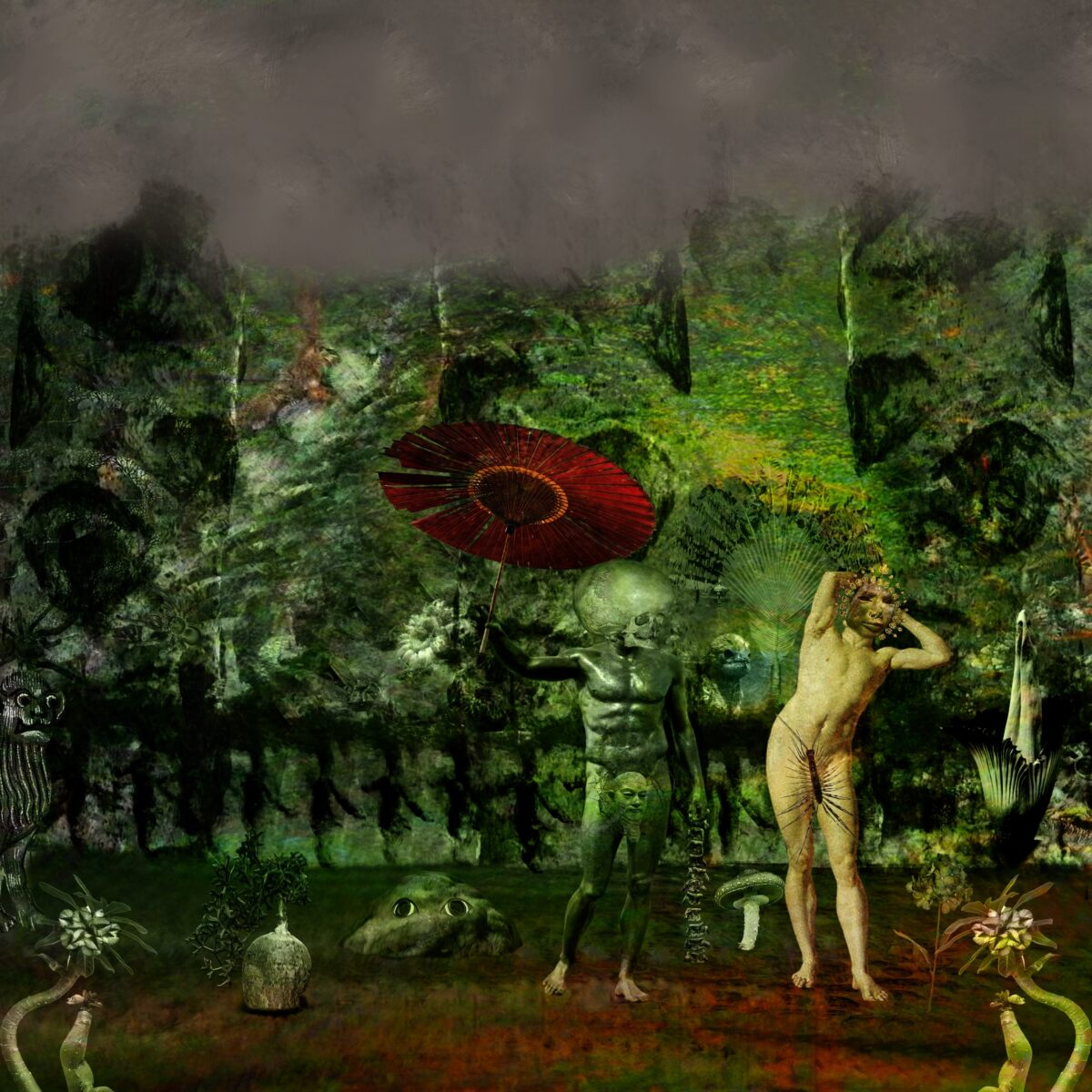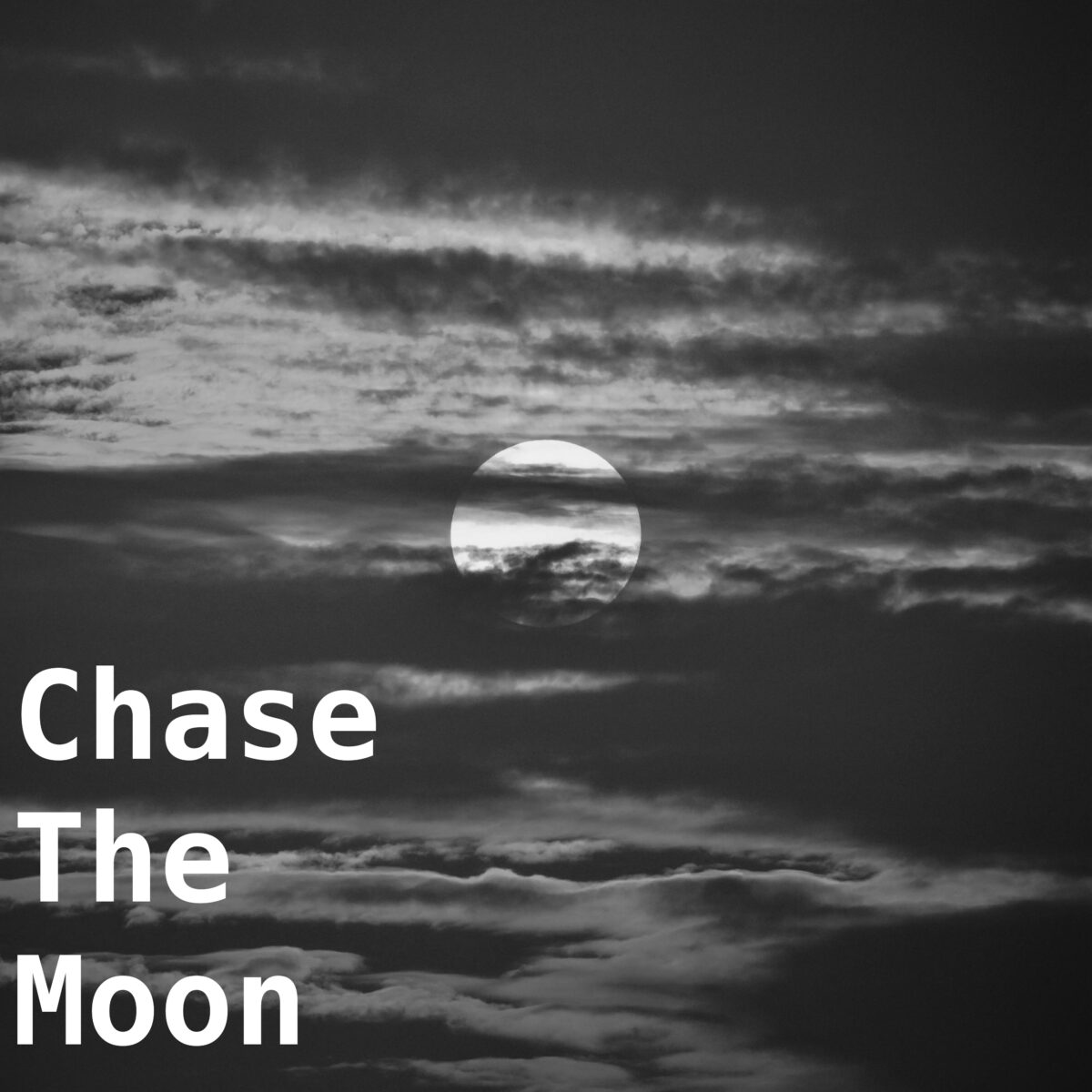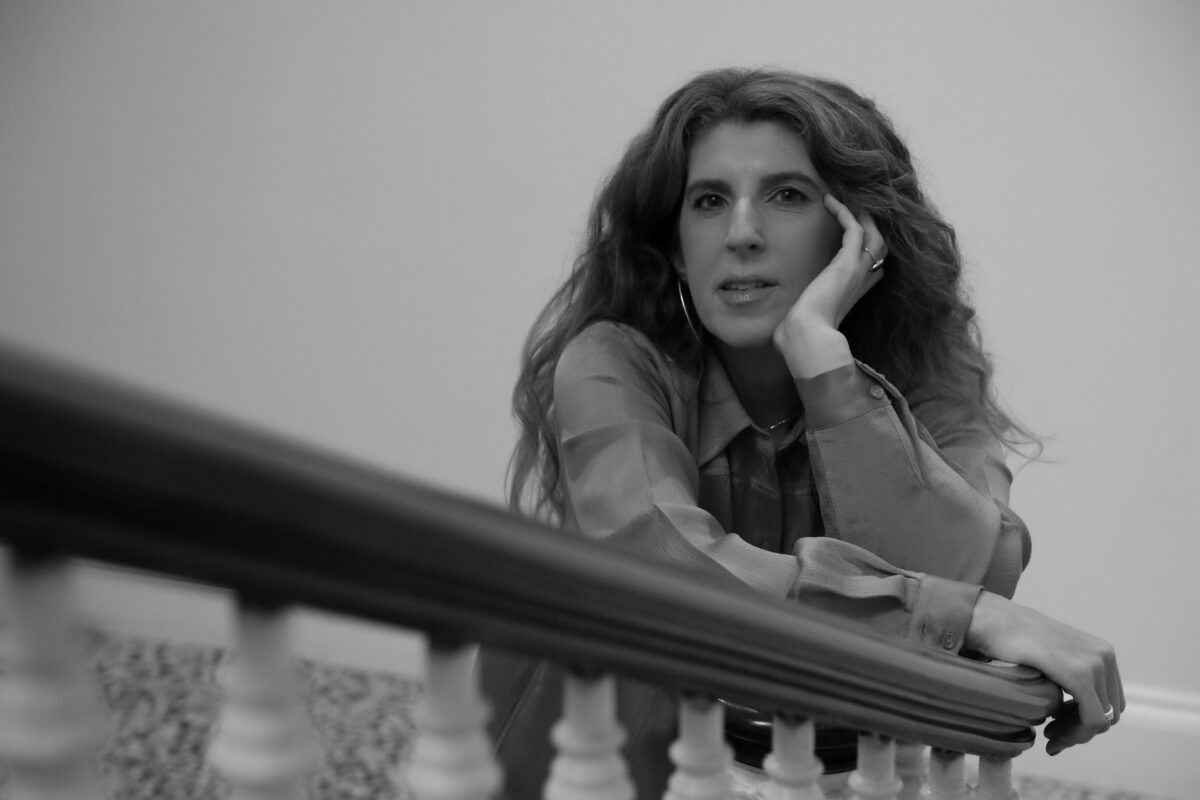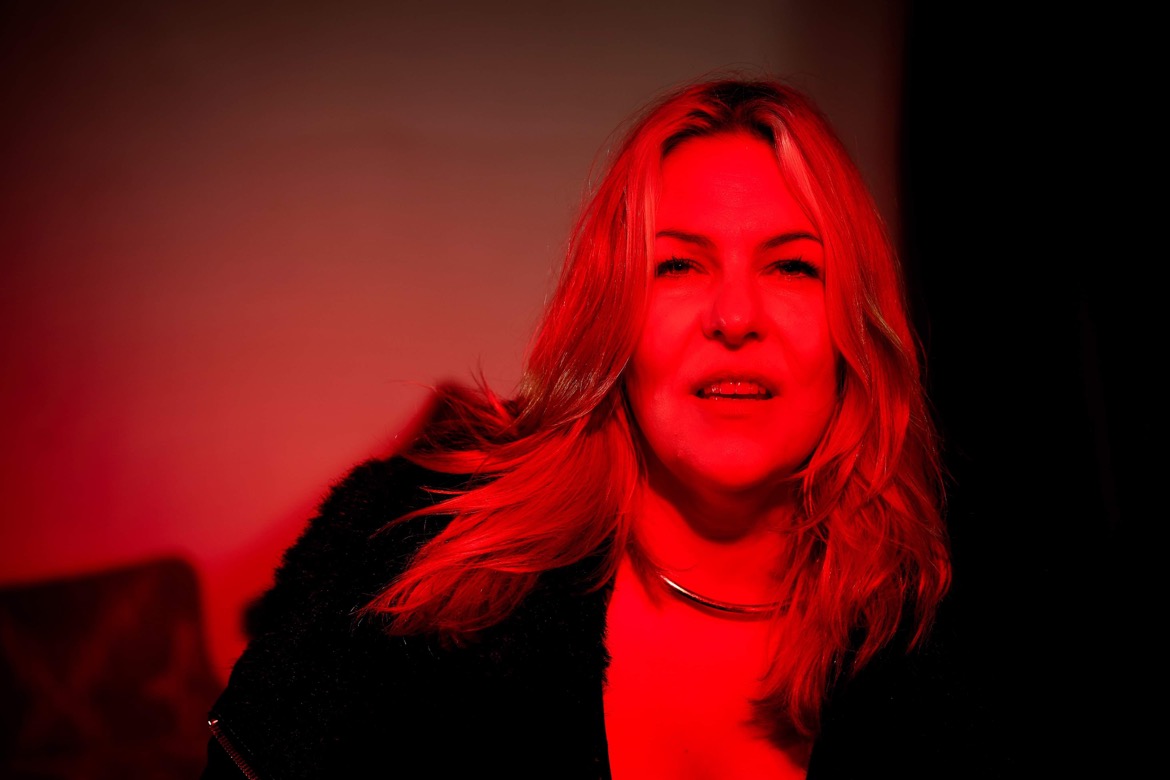Hello, Tanya, Let’s talk about your new single, ‘Good Days, Bad Days’, what is the meaning?
I wrote the song when I was 32 so some time ago. I had just come out of a painful breakup and was re-focusing on my music again – and at the same time feeling regretful about things I had not yet achieved in my life.
I went away on a 3 day meditation retreat where I had the opportunity to notice the thoughts and emotions that are constantly changing within us and was able be with and accept them – recognising that just like the seasons or changing weather – our emotions are the same – like the sun follows rain, if we can be with our more painful emotions they will lift to reveal the light within us. It’s also about there being no point to regret, as we will miss the beauty of the present moment.
Which artists in the current industry inspire you the most?
Joni Mitchell is still being discovered by younger artists and she had a huge influence on songwriting when I first began at 16 years old. The tender, poetic expressiveness of her lyrics and the way her voice then expresses their meaning captures my heart and I am in awe of everything her music is.
Kate Bush , although an artist from the past, has also been a huge influence in my life and I really respect her ability to keep progressing with her music to recreate herself and still be relevant. I love blasting her music, singing at the top of my voice and doing some free movement around the living room!
Billie Eilish I think is an incredible artist, especially for her age. Profound songwriting for such a young age and the textural quality of her voice is spellbinding.
What is the best thing about being a musician in 2024?
After COVID I don’t think we can ever take for granted being able to perform with fellow musicians to a live audience. So playing live will be great in 2024. I won the Global Talent Is Timeless songwriting competition in 2023 and towards the end of the year recorded my winning single at Abbey Rd which has just been released. I’m really looking forward to 2024 being about building on this success and connecting with new listeners through more new releases and a small UK tour. I cant wait!And every year I get older, I feel more relaxed when gigging live, meaning I enjoy the whole experience that much more!
Is there a certain place you often go to write? E.g a certain room, or environment?
Strangely I get some great ideas in the car and end up recording myself on my phones voice record. I think it’s because part of my brain is driving so its preoccupied with that and there is no pressure to come up a with a song so it just naturally arises. My favourite place though is most definitely on my upright piano which dates back to 1830 and which belonged to Gustaf Holst’s piano accompanist (who helped him write his works in later years which he was unable to do due to arthritis). Its been passed down through the family and has the most beautiful harmonics and resounding sound which inspires many songs!
What is your first memory of music?
Singing ‘Lully, Lullay’ whilst playing the main part of Mary in the school Nativity when I was 5!
Photo Credit: Tanya Walker








